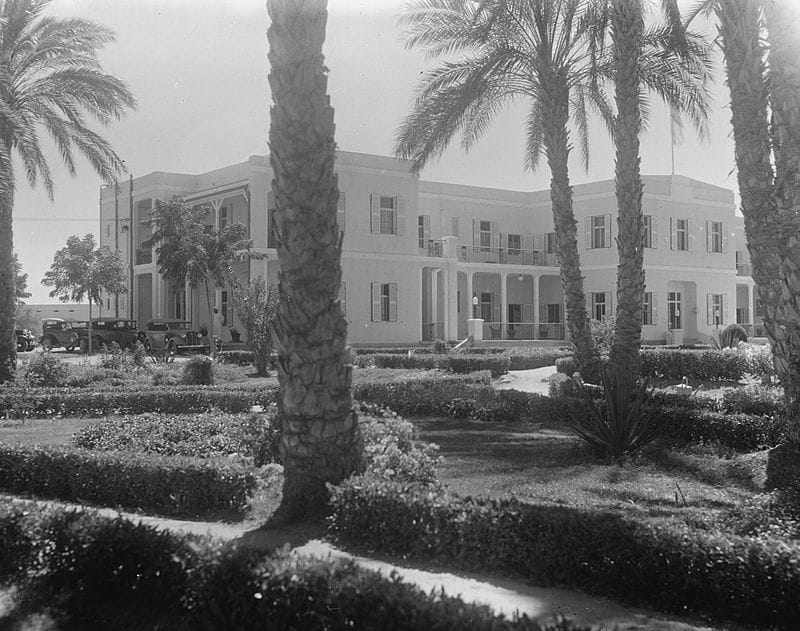I'm trying to source any more Wadi Halfa old airport shots both on ground
and from the air ...anyone?
If you Google: old Wadi Halfa from the air,
then 'select images', there is quite a bit of material.....
I found this articel -
6 November - 13 March 1925
Alan Cobham made for Imperial Airways’ a route survey flight from UK to Cape Town and back in the Armstrong Siddeley Jaguar-powered DH-50J G-EBFO.
The outward flight was London-Paris-Marseille-Pisa-Taranto-Athens-Sollum-Cairo-Luxor-Assuan/Aswan-Wadi Halfa-Atbara-Khartoum-Malakal-Mongalla-Jinja-Kisumu-Tabora-Abercorn-Ndola-Broken Hill-Livingstone-Bulawayo-Pretoria-Johannesburg-Kimberley-Blomfontein-Cape Town.Sallum, also As Sallum or Sollum is a village in Egypt, near the Mediterranean Sea, east of the border with Libya, and around 145 km from Tobruk.
Sallum is mainly a Bedouin community.
Atbara is located in River Nile State in northeastern Sudan.
Because of its links to the Sudan railway industry, Atbara is also known as the "Railway City'
Flying from Wadi Halfa to Atbara - Would Cobham have followed the longer route of the winding River Nile on his route South, or fly direct but over some inhospitable Desert following the railway line from Wadi Halfa to Abu Hamad and then on to Atbara and then picking up the Nile again there to Khartoum?
Distance
direct from Wadi Halfa to Atbara is 326 miles / 284 nautical miles.
He did follow the Nile from Khartoum to Malakal.
On his return Cobham was awarded the Air Force Cross for his services to aviation.
It would be some years before Imperial Airways opened both an Air Mail and then a Passenger Air service to Cape Town.
This is the Wadi Halfa air accident list - quite a bed time read....
https://www.baaa-acro.com/city/wadi-halfa
Wadi Halfa was known as 'bloody half-way' to 19th century British troops!
But on their way to where?
The town of Wadi Halfa was founded in the 19th
century. The British during their occupation of the country made there their headquarters, while during the Second World War is a communication post of the allied forces.
The British built a railway the construction of which started in 1877 during the time of General Gordon, in order to facilitate their activities in the country.
Wadi Halfa was certainly the most important town between the first and second cataracts, with it's grand Government House, all the administrative offices, schools, a mosque and an important market.
The modern Nile Hotel, architecturally, was definitely the most appealing building of the city. Its rooms housed the visitors, rich traders, administrators & Government officials, but also tourists who came to Wadi Halfa in the winter as well as the well-known international personalities, in particular academics during the Salvage Campaign before the destruction and flood of the city in 1963.
Although the strip of cultivable land was limited, it was very fertile and rich in palm trees.
The famous “Palm-Date Avenue” shaded with two rows of thick date palms was also the first of its kind in the country.
 1960's
1960's
 RR Nile Hotel 1936
RR Nile Hotel 1936
From Khartoum it was necessary to travel all the way by overnight train to the Egyptian border town of Wadi Halfa due to the Nile Cataracts,
one would have then travelled on one of the
Sudan government express steamers (the Sudan, Britain, Lotusor Meroe) which left every Monday and Thursday evenings for its 40 hour journey towards Aswan at the First Cataract.
The Steamer, which accommodates only first class passengers, was flanked by two smaller boats which float alongside, carrying steerage class or local deck travellers.
Soon after getting underway the vessel called at the Nubian monuments and The Temple of Abu Simbel for 1 or 2 hours.
From Abu Simbel they continued their journey 300 miles down the Nile towards Aswan, the southernmost town in Upper Egypt.
Here the Nile was blocked, as created in 1902 by the construction of a Dam. The Dam was built at the former first cataract of the Nile.
Weary travellers would likely seek rest and refuge from the heat at the Cataract Hotel built by Thomas Cook & Sons to house European tourists.
The same builders as for the Winter Palace Hotel on the Corniche in Luxor.
Set in Palm Tree adorned grounds on the shores of the Nile, overlooking Elephantine Island, this iconic British Colonial-era grand hotel first opened its doors in January 1902.
Hotel guests have included Tsar Nicholas II, Winston Churchill, Howard Carter, and Agatha Christie, who took up residence here for a year in 1937 to write Death on the Nile, which set portions of her famous novel at both of the Hotels.
Using the help of her close friend and Egyptologist Stephen Glanville, they concocted a perfect tale of a crime of passion. A mystery novel that would remain famous and have people guessing the red herrings & whodunits even today.
Her suite, beyond the lavish furnishings, contained a simple mahogany desk.
This is where she would sit for hours and write (and probably re-write) chapters of her book.
There was also a wicker chair on the shady carved wooden veranda where she would sit, sipping Hibiscus Tea and admire the views of the Nile and Feluccas sailing past below, all the while contemplating her work.